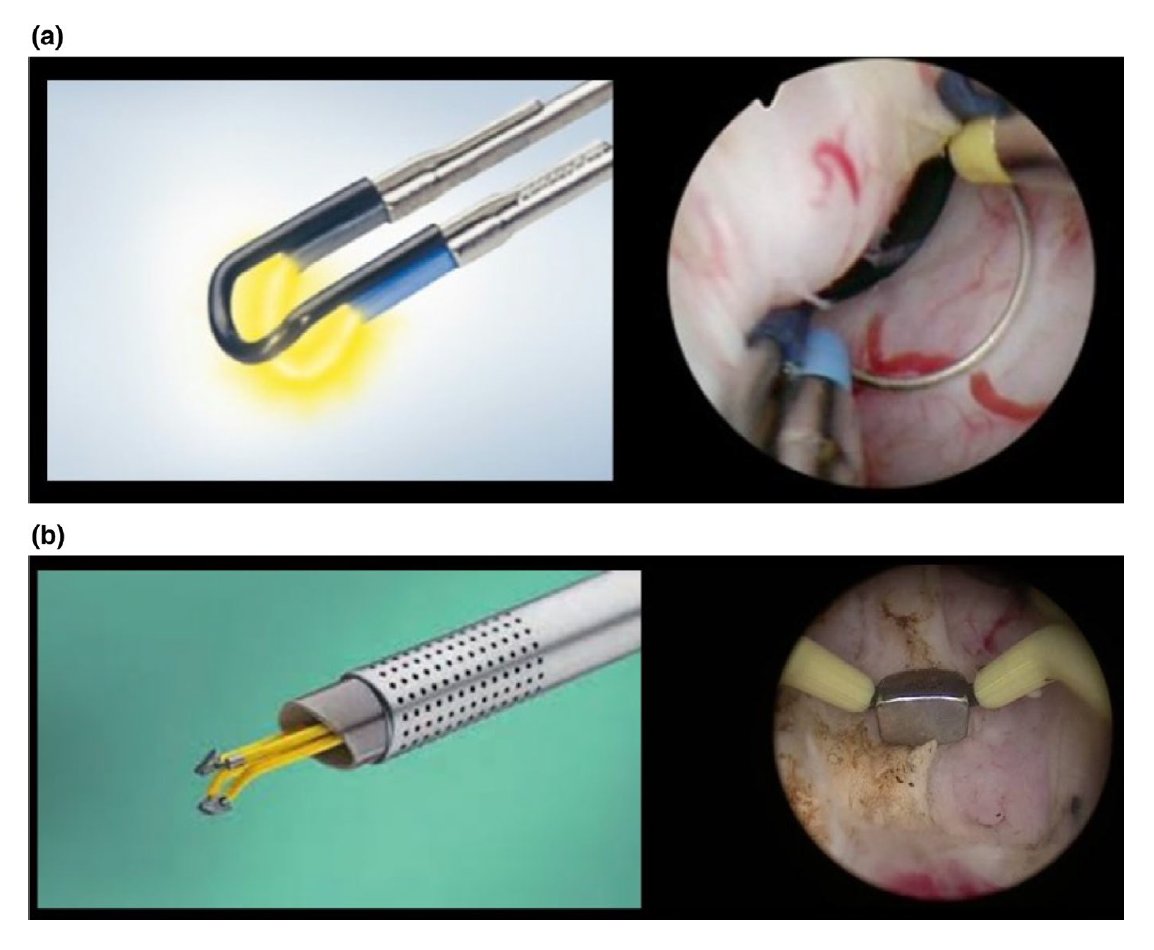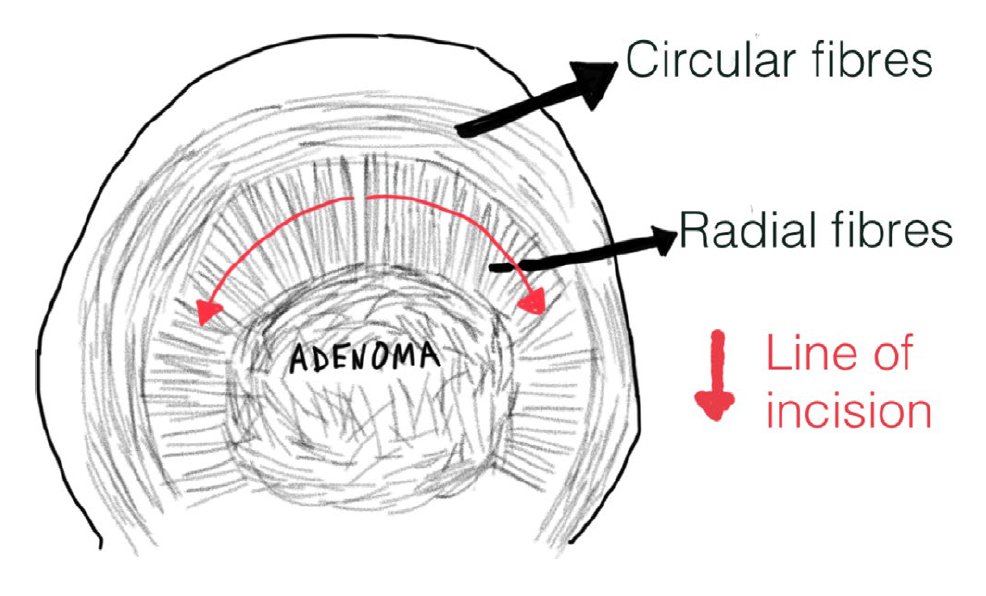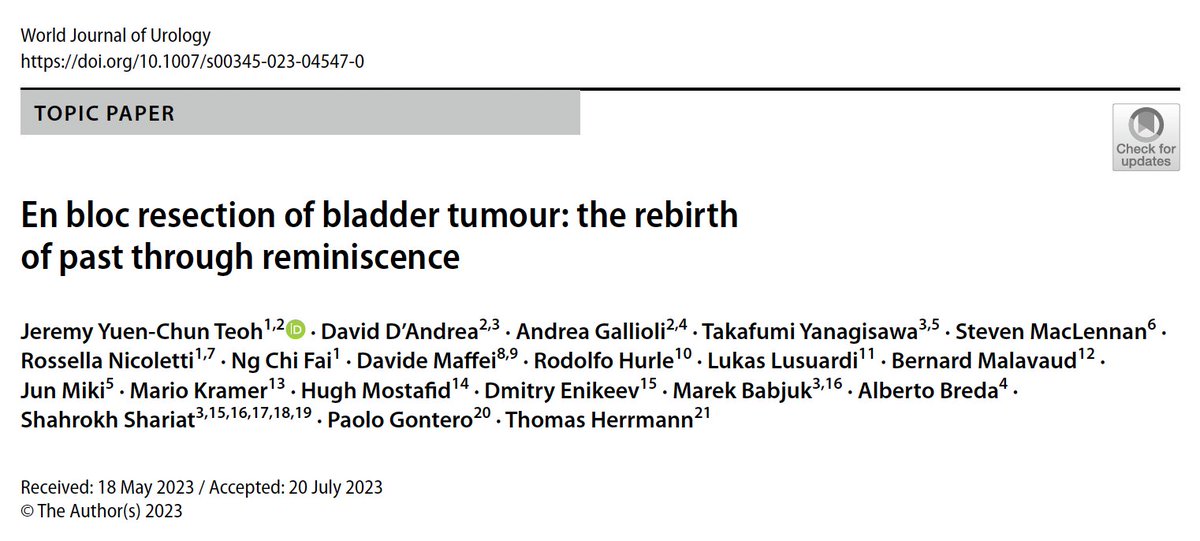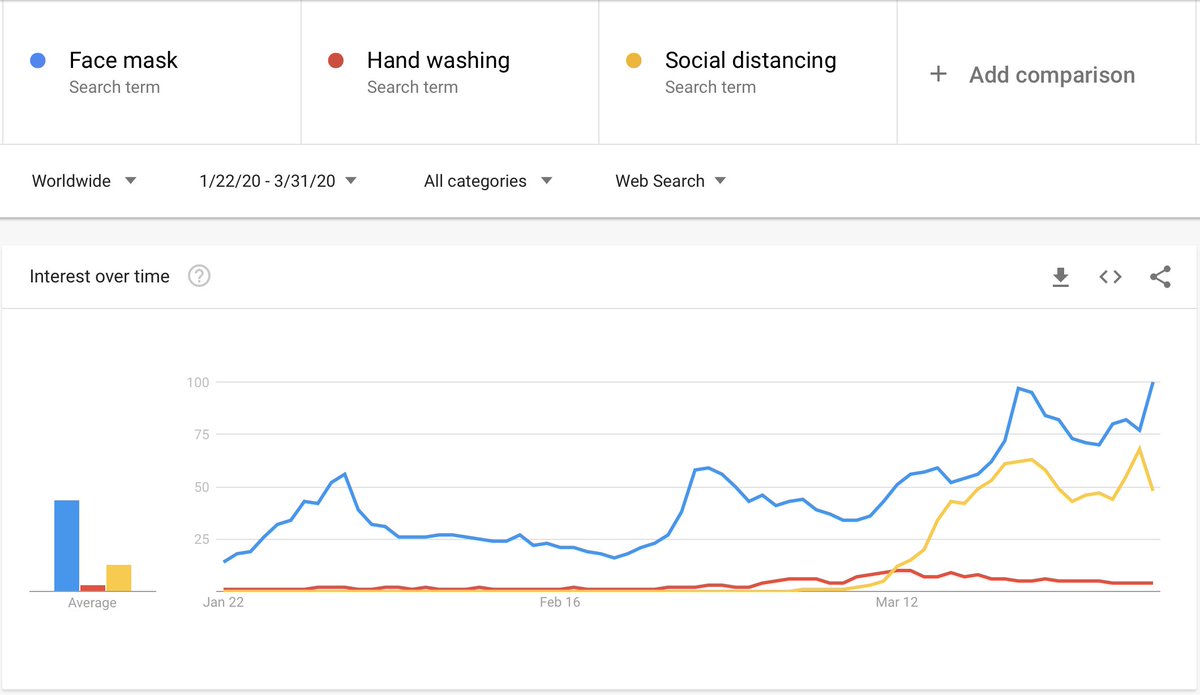It is my great pleasure to guest edit this Special Issue on #AEEP!! Thank you all contributors in making this happen. #AEEP - It is a Quest for the Best!! #UroSoMe (1/n) onlinelibrary.wiley.com/toc/14390272/2… 



Dr Reddy / @PeterGilling first gave an overview about the evolution of #AEEP. From the first attempt in #AEEP to #HoLEP, #ThuLEP, #BipolEP, #GreenLEP, etc. Understanding history also means learning from history! (2/n) 



Prof. Oh gave an excellent review on the anatomical perspective of #AEEP. For #AEEP, understanding the surgical anatomy of the capsular plane, bladder neck, apical sphincteric area and blood vessel distribution is very important! (3/n) 



We then presented step-by-step descriptions of four #AEEP procedures. Prof. Cho (@kmoretry) first explained about #BipoLEP. Instruments that you may need, precise descriptions of each step... (4/n) 



@FCAFigueiredo / @scoffonecesare wrote a masterpiece on #HoLEP! They provided detailed descriptions about the problem-based modifications of #HoLEP. Two-lobe technique / En-bloc / Totally En-bloc techniques… Great paper! (5/n) 



#ThuLEP from the Inventors’ Perspective by @trwherrmann!! Excellent overview on the evolution and variations of the technique. Instructional video and surgical atlas are available - Let’s learn from the Master! (6/n) 





Next up - #GreenLEP! @enrique_rijo / @VMisrai explained the technical aspects, complications, advantages & disadvantages, tips and tricks, and provided a visual step by step guide in performing #GreenLEP! (7/n) 



After the step-by-step descriptions of each technique, we then reviewed the treatment outcomes of #AEEP. First is a meta-analysis on the efficacy of #AEEP. In essence, #AEEP is superior to #TURP, and at least equivalent to #OP! (8/n) 



Next is a Key Question in #AEEP. How can we optimize urinary continence in patients undergoing #AEEP? From patient selection and surgical technique for prevention, to treatment of post-AEEP urinary incontinence. (9/n) 



How about Sexual Outcomes after #AEEP? Erectile, ejaculatory and orgasmic functions are all important aspects to consider. Ejaculatory-sparing technique may be something that we can consider? (10/n) 



How does the complications of #AEEP compare with TURP and OP? Any differences between the different modalities of #AEEP? Read this nice review article.. (11/n) 



Is #AEEP the Next Gold Standard? Debate between @drtevaho vs @wroclawski_uro on this controversial topic! Who do you vote for?☺ (12/n) 



Surgical training is extremely important for the dissemination and implementation of #AEEP.. Case selection, mentorship, training programme, simulation and training models.. My honour to write up this paper on behalf of @AUSTEG1! (13/n) 



So… Is #AEEP the way to go? @gudaruk conducted a knowledge, attitudes and practices survey to understand the barriers of adopting #AEEP. These obstacles must be overcome in order to enhance the generalizability of the procedure. (14/n) 



Last but not least, I would like to thank all authors for the contribution. This is a massive conjoint effort (>1 year) and I think this special issue is an important work in the field of #AEEP. Please enjoy! (15/15) onlinelibrary.wiley.com/toc/14390272/c… 

@threadreaderapp please unroll 🙏🏻
• • •
Missing some Tweet in this thread? You can try to
force a refresh

















